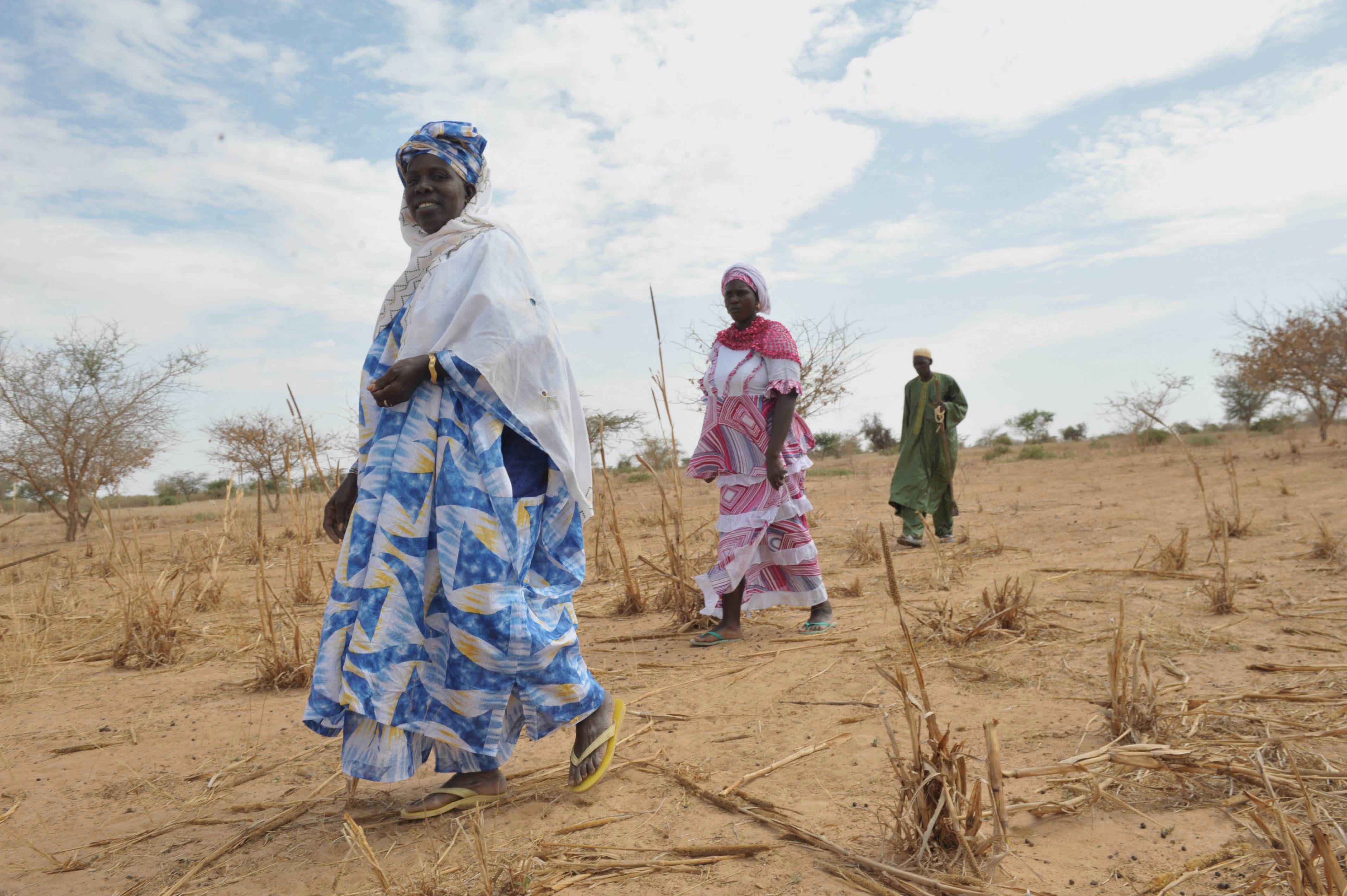
This Gender Strategy has been prepared to comply with the CGIAR Consortium Office's formal requirement that each CGIAR Research Program (CRP) submit a gender strategy to the Consortium Office for approval. It respects the template given in the Consortium Gender Strategy (2011), and draws on the recommendations of the Consortium Office's Assessment of the Status of Gender Mainstreaming in CGIAR Research Programs (30 July 2013). Since the Dryland Systems (DS) Program was the last of the 16 CRPs to be approved by the CGIAR Consortium Board,[1] the Strategy's preparation benefited considerably from the other CRPs' experiences in developing and implementing their gender strategies.
At the same time, the preparation of the Strategy has proved an invaluable opportunity to engage in discussions with multiple stakeholders on ways of addressing gender issues in agricultural research for development (AR4D). The Strategy was developed through a participatory process involving representatives of the Program’s stakeholder groups (CGIAR and national research system biophysical and social scientists and economists; governmental, civil society and UN policy makers and development practitioners; and representatives of farmers’ associations and youth movements). They insisted that the Strategy should provide a vision and commitment to promoting gender equality within the Program's overarching systems framework that they underlined as essential to deliver on the objectives of the CGIAR reform process (particularly its 2011 Strategy and Results Framework), the Roadmap adopted by the Global Conference on Agricultural Research for Development (GCARD1, Montpellier, 2010), and the UN's Post-2015 Agenda.
[1] Formally approved by the CGIAR Consortium Board in March 2013, the CRP was officially launched in Amman in May 2013.
